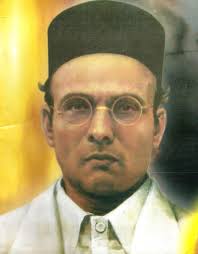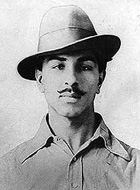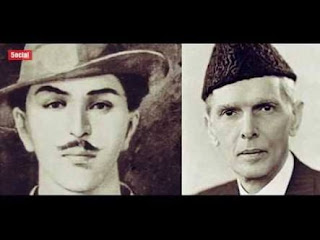Incongruity of 'Veer' epithet with Vinayak Damodar Savarkar

Incongruity of 'Veer' epithet with Vinayak Damodar Savarkar ******************************** Savarkar was chargesheeted in the assassination of Gandhi but exonerated, largely because no corroborative evidence of his involvement was furnished. Next month on May 28, India will commemorate birth anniversary of Vinayak Damodar Savarkar, who was born on this day in 1883. How veer, or brave, was Veer Savarkar? Savarkar died in 1966. During his 83 years, he was involved in the political murder of three British officials. From the nationalist perspective, these murders have been cited as examples of Savarkar’s revolutionary zeal to violently uproot British rule, unmindful of the consequences. Savarkar was also chargesheeted in the assassination of Mahatma Gandhi but was subsequently exonerated, largely because no corroborative evidence of his involvement was furnished. It has helped perpetuate the myth of Savarkar the brave. But this myth has been shattered becau

